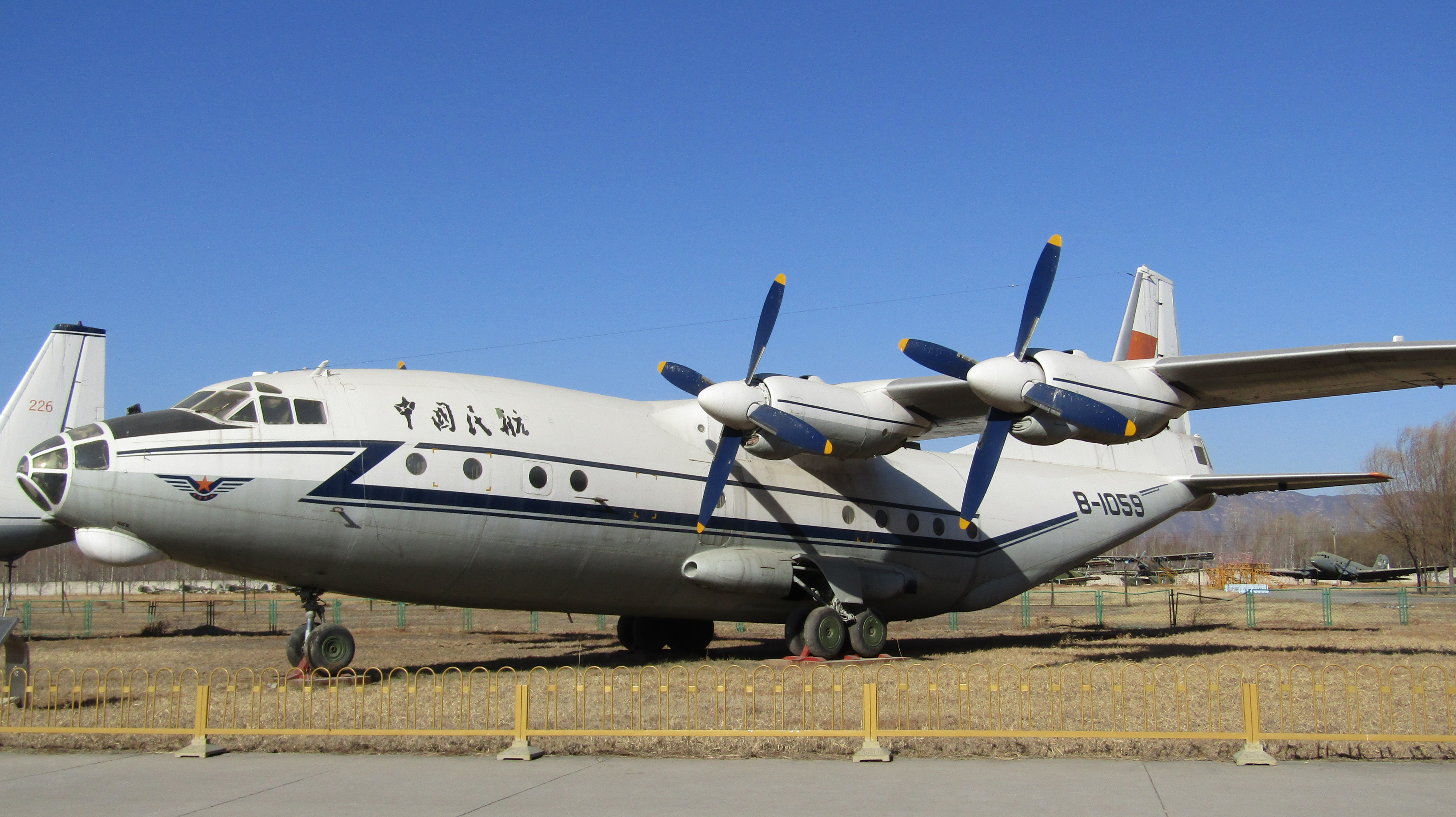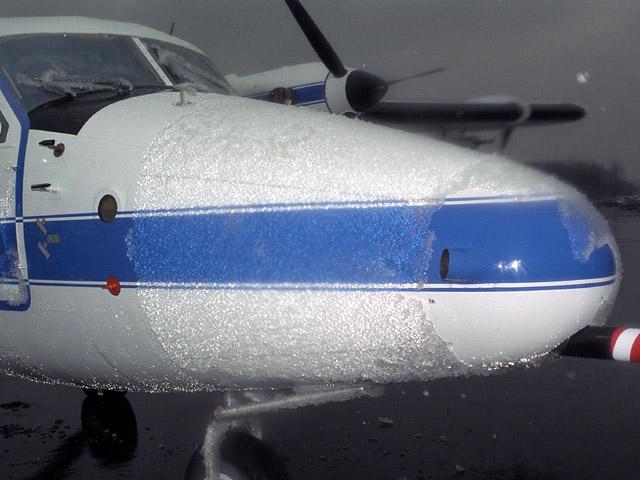|
Pulkovo Aviation Enterprise Flight 9045
Pulkovo Aviation Enterprise Flight 9045 was a cargo flight that crashed on approach to Nalchik while carrying of coins from the Saint Petersburg Mint. Aircraft The aircraft involved in the accident was an Antonov An-12BP with four Ivchenko AI-20M engines, registered RA-11118 to Pulkovo Aviation Enterprise. Crew Seven crew members and six passengers were aboard the flight. The cockpit crew consisted of: * Captain Nikolai Petrovich Yanitsky (Russian: Николай Петрович Яницкий) * Copilot Viktor Anatolievich Prasolov (Виктор Анатольевич Прасолов) * Navigator Mikhail Nikolayevich Vlasov (Михаил Николаевич Власов) * Radio operator A radio operator (also, formerly, wireless operator in British and Commonwealth English) is a person who is responsible for the operations of a radio system. The profession of radio operator has become largely obsolete with the automation of ra ... Aleksandr Yurevich Levchuk (А� ... [...More Info...] [...Related Items...] OR: [Wikipedia] [Google] [Baidu] |
Antonov An-12
The Antonov An-12 (Russian: Антонов Ан-12; NATO reporting name: Cub) is a four-engined turboprop transport aircraft designed in the Soviet Union. It is the military version of the Antonov An-10 and has many variants. For more than three decades the An-12 was the standard medium-range cargo and paratroop transport aircraft of the Soviet air forces. A total of 1,248 were eventually built. Design and development Developed from the Antonov An-8, the An-12 was a military version of the An-10 passenger transport. The first prototype An-12 flew in December 1957 and entered Soviet military service in 1959. Initially, the aircraft was produced at the State Aviation Factory in Irkutsk. From 1962, production was transferred to Tashkent, where 830 were built. Later, production moved to Voronezh and Kazan. In military use, the An-12 has capacity for up to 100 fully equipped paratroopers or 20,000 kg (44,090 lb) of cargo, which is loaded through the rear loading ramp/door. ... [...More Info...] [...Related Items...] OR: [Wikipedia] [Google] [Baidu] |
Navigator
A navigator is the person on board a ship or aircraft responsible for its navigation.Grierson, MikeAviation History—Demise of the Flight Navigator FrancoFlyers.org website, October 14, 2008. Retrieved August 31, 2014. The navigator's primary responsibility is to be aware of ship or aircraft position at all times. Responsibilities include planning the journey, advising the ship's captain or aircraft commander of estimated timing to destinations while en route, and ensuring hazards are avoided. The navigator is in charge of maintaining the aircraft or ship's nautical charts, nautical publications, and navigational equipment, and they generally have responsibility for meteorological equipment and communications. With the advent of satellite navigation, the effort required to accurately determine one's position has decreased by orders of magnitude, so the entire field has experienced a revolutionary transition since the 1990s with traditional navigation tasks, like performing c ... [...More Info...] [...Related Items...] OR: [Wikipedia] [Google] [Baidu] |
Accidents And Incidents Involving The Antonov An-12
An accident is an unintended, normally unwanted event that was not directly caused by humans. The term ''accident'' implies that nobody should be blamed, but the event may have been caused by unrecognized or unaddressed risks. Most researchers who study unintentional injury avoid using the term ''accident'' and focus on factors that increase risk of severe injury and that reduce injury incidence and severity. For example, when a tree falls down during a wind storm, its fall may not have been caused by humans, but the tree's type, size, health, location, or improper maintenance may have contributed to the result. Most car wrecks are not true accidents; however English speakers started using that word in the mid-20th century as a result of media manipulation by the US automobile industry. Types Physical and non-physical Physical examples of accidents include unintended motor vehicle collisions, falls, being injured by touching something sharp or hot, or bumping into someth ... [...More Info...] [...Related Items...] OR: [Wikipedia] [Google] [Baidu] |
Aviation Accidents And Incidents In Russia
Aviation includes the activities surrounding mechanical flight and the aircraft industry. ''Aircraft'' includes fixed-wing and rotary-wing types, morphable wings, wing-less lifting bodies, as well as lighter-than-air craft such as hot air balloons and airships. Aviation began in the 18th century with the development of the hot air balloon, an apparatus capable of atmospheric displacement through buoyancy. Some of the most significant advancements in aviation technology came with the controlled gliding flying of Otto Lilienthal in 1896; then a large step in significance came with the construction of the first powered airplane by the Wright brothers in the early 1900s. Since that time, aviation has been technologically revolutionized by the introduction of the jet which permitted a major form of transport throughout the world. Etymology The word ''aviation'' was coined by the French writer and former naval officer Gabriel La Landelle in 1863. He derived the term from the v ... [...More Info...] [...Related Items...] OR: [Wikipedia] [Google] [Baidu] |
Airliner Accidents And Incidents Caused By Pilot Error
An airliner is a type of aircraft for transporting passengers and air cargo. Such aircraft are most often operated by airlines. Although the definition of an airliner can vary from country to country, an airliner is typically defined as an airplane intended for carrying multiple passengers or cargo in commercial service. The largest of them are wide-body aircraft, wide-body jets which are also called twin-aisle because they generally have two separate aisles running from the front to the back of the passenger cabin. These are usually used for Flight length#long-haul, long-haul flights between airline hubs and major cities. A smaller, more common class of airliners is the narrow-body aircraft, narrow-body or single-aisle. These are generally used for short to medium-distance flights with fewer passengers than their wide-body counterparts. Regional airliners typically seat fewer than 100 passengers and may be powered by turbofans or turboprops. These airliners are the non-mainli ... [...More Info...] [...Related Items...] OR: [Wikipedia] [Google] [Baidu] |
Aviation Accidents And Incidents In 1994
Aviation includes the activities surrounding mechanical flight and the aircraft industry. ''Aircraft'' includes fixed-wing and rotary-wing types, morphable wings, wing-less lifting bodies, as well as lighter-than-air craft such as hot air balloons and airships. Aviation began in the 18th century with the development of the hot air balloon, an apparatus capable of atmospheric displacement through buoyancy. Some of the most significant advancements in aviation technology came with the controlled gliding flying of Otto Lilienthal in 1896; then a large step in significance came with the construction of the first powered airplane by the Wright brothers in the early 1900s. Since that time, aviation has been technologically revolutionized by the introduction of the jet which permitted a major form of transport throughout the world. Etymology The word ''aviation'' was coined by the French writer and former naval officer Gabriel La Landelle in 1863. He derived the term from the v ... [...More Info...] [...Related Items...] OR: [Wikipedia] [Google] [Baidu] |
Aircraft Flight Manual
An aircraft flight manual (AFM) is a paper book or electronic information set containing information required to operate an aircraft of certain type or particular aircraft of that type (each AFM is tailored for a specific aircraft, though aircraft of the same type naturally have very similar AFMs). The information within an AFM is also referred to a Technical Airworthiness Data (TAWD). A typical flight manual will contain the following: operating limitations, Normal/Abnormal/Emergency operating procedures, performance data and loading information. An AFM will often include: * V speeds * Aircraft gross weight * Maximum ramp weight * Maximum takeoff weight * Manufacturer's empty weight * Operating empty weight * Centre of gravity limitations * Zero-fuel weight * Takeoff distance * Landing distance Originally, an AFM would follow whichever format and order the manufacturer felt appropriate. Eventually, the General Aviation Manufacturers Association came to an agreement to standa ... [...More Info...] [...Related Items...] OR: [Wikipedia] [Google] [Baidu] |
Instrument Landing System Glide Path
Instrument landing system glide path, commonly referred to as a glide path (G/P) or glide slope (G/S), is "a system of vertical guidance embodied in the instrument landing system which indicates the vertical deviation of the aircraft from its optimum path of descent", according to ''Article 1.106'' of the ITU Radio Regulations (ITU RR).ITU Radio Regulations, Section IV. Radio Stations and Systems – Article 1.106, definition: ''instrument landing system (ILS)'' Principle of operation A glide slope station uses an antenna array sited to one side of the runway touchdown zone. The GS signal is transmitted on a carrier signal using a technique similar to that for the localizer. The centre of the glide slope signal is arranged to define a glide path of approximately 3° above horizontal (ground level). The beam is 1.4° deep (0.7° below the glide-path centre and 0.7° above). The pilot (or the autopilot, if using autoland) controls the aircraft so that the glide slope indicator r ... [...More Info...] [...Related Items...] OR: [Wikipedia] [Google] [Baidu] |
Ice Protection System
In aeronautics, ice protection systems keep atmospheric moisture from accumulating on aircraft surfaces, such as wings, propellers, rotor blades, engine intakes, and environmental control intakes. Ice buildup can change the shape of airfoils and flight control surfaces, degrading control and handling characteristics as well as performance. An anti-icing, de-icing, or ice protection system either prevents formation of ice, or enables the aircraft to shed the ice before it becomes dangerous. Effects of icing Aircraft icing increases weight and drag, decreases lift, and can decrease thrust. Ice reduces engine power by blocking air intakes. When ice builds up by freezing upon impact or freezing as runoff, it changes the aerodynamics of the surface by modifying the shape and the smoothness of the surface which increases drag, and decreases wing lift or propeller thrust. Both a decrease in lift on the wing due to an altered airfoil shape, and the increase in weight from the ice loa ... [...More Info...] [...Related Items...] OR: [Wikipedia] [Google] [Baidu] |
Flight Engineer
A flight engineer (FE), also sometimes called an air engineer, is the member of an aircraft's flight crew who monitors and operates its complex aircraft systems. In the early era of aviation, the position was sometimes referred to as the "air mechanic". Flight engineers can still be found on some larger fixed-wing airplanes and helicopters. A similar crew position exists on some spacecraft. In most modern aircraft, their complex systems are both monitored and adjusted by electronic microprocessors and computers, resulting in the elimination of the flight engineer's position. In earlier days, most larger aircraft were designed and built with a flight engineer's position. For U.S. civilian aircraft that require a flight engineer as part of the crew, the FE must possess an FAA Flight Engineer Certificate with reciprocating, turboprop, or turbojet ratings appropriate to the aircraft. Whereas the four-engine Douglas DC-4 did not require an FE, the FAA type certificates of subsequent f ... [...More Info...] [...Related Items...] OR: [Wikipedia] [Google] [Baidu] |




.jpg)



